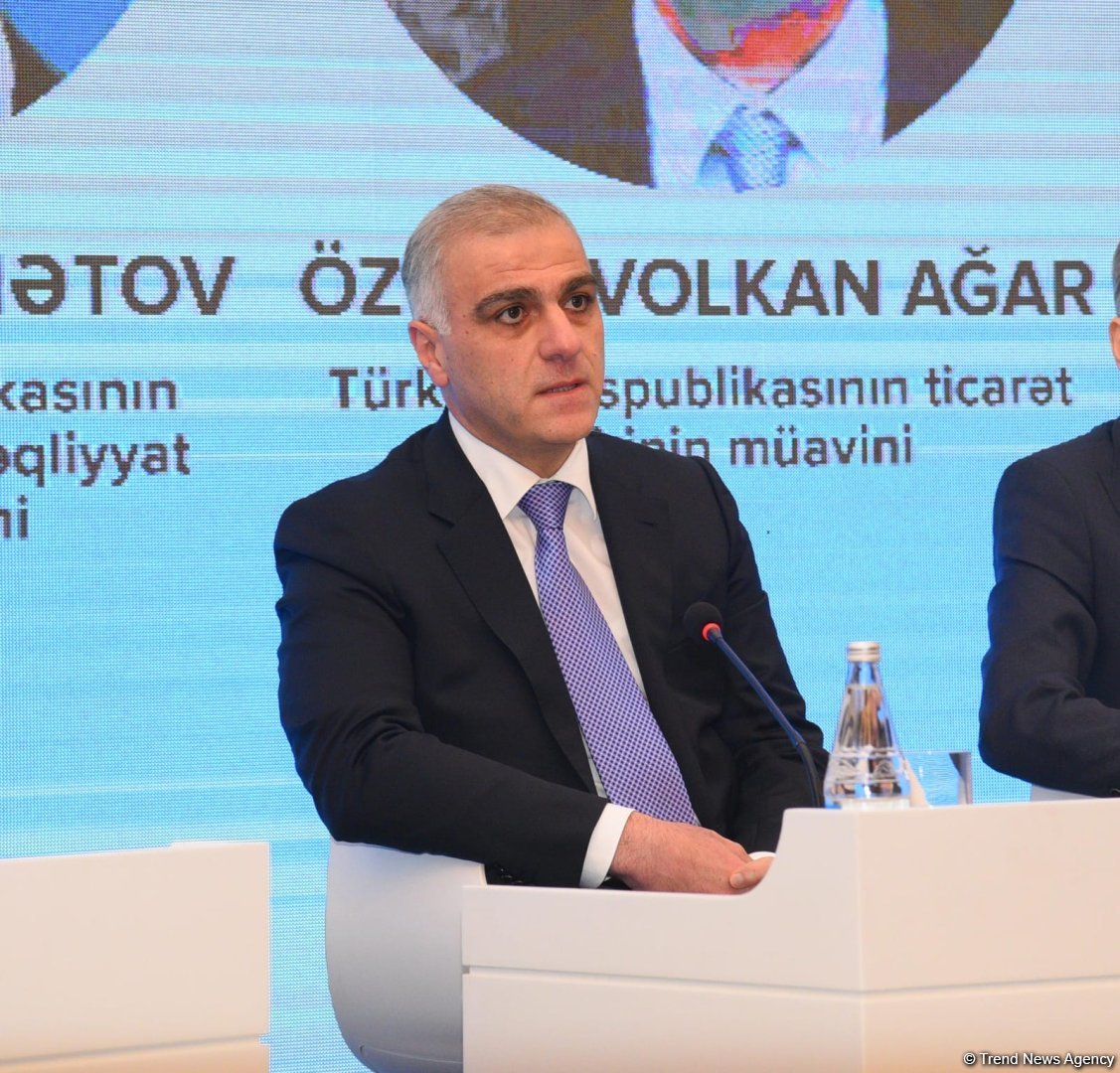BAKU, Azerbaijan, February 27. We have strong intention and robust political will to support the development of the Trans-Caspian International Transport Route, and maximize its potential, said Rahman Hummatov, Deputy Ministry of Digital Development and Transport of Azerbaijan, Trend reports.
He made the remark during a presentation of the Middle Corridor study compelled by the World Bank held today in Tbilisi, Georgia.
"That serves not only economic interests but also peace and prosperity in the region. We are grateful to international organizations and the World Bank team for their keen attention and support in realizing the potential of the Middle Corridor. The Middle Corridor has new dimensions and is recognized by the global community not only as a short-term solution, but also acknowledged to be the shortest and most efficient connection. We have a strong intention and robust political will to support the development of the corridor, maximize its potential, and serve as a reliable link," he said.
Hummatov pointed out that Azerbaijan is currently working on the development of various local and international transport links.
"We enhance international transit corridors through the power of streamlined procedures, synchronized processes, and efficient maritime operations. The application of unified global transit and, of course, digitalization, is a collective effort with our national agencies and international partners to address these issues. Today, I am proud to announce that over the past two months, 13 block trains have been sent along the international transit route from China. Due to the measures taken, the lead time for these containers to reach the Georgian port is now only 12 days. Just for reference, this is a significant improvement from the previous lead time, which was approximately 40 to 50 days," the deputy minister added.
The Middle Corridor is a transportation and trade route that connects Asia and Europe, passing through several countries in the region. It is an alternative route to the traditional Northern Corridor and Southern Corridor.
The route starts in China and crosses Central Asian countries such as Kazakhstan, Uzbekistan, and Turkmenistan. It then passes through the Caspian Sea, Azerbaijan, Georgia, and Türkiye before reaching Europe.
The Middle Corridor offers a land route that connects the eastern parts of Asia, including China, with Europe, bypassing the longer maritime routes.







